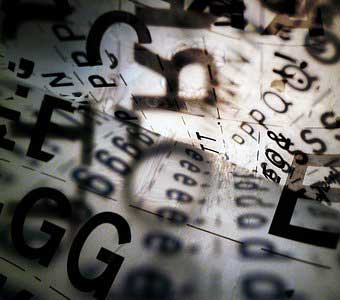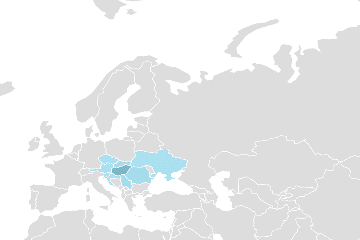
Hungarian speaking countries
Hungarian is the official language in Hungary and is spoken as a native language in several countries, mostly in south-eastern Europe.In total, around 13 million people worldwide speak Hungarian as their mother tongue. With 8.2 million speakers, Hungary accounts for the largest share. Outside of Hungary, it is spoken in neighboring areas of Romania, Slovakia, Serbia, Ukraine and Austria. It is also one of the 24 official languages of the European Union.

| Country | Region | Official language | Distribution | Total |
|---|---|---|---|---|
| Hungary | Eastern Europe | yes | 84.6 % | 8,158,000 |
| Romania | Eastern Europe | no | 6.3 % | 1,200,000 |
| Slovakia | Eastern Europe | no | 10.5 % | 570,000 |
| Serbia | Southern Europe | no | 3.4 % | 227,000 |
| Ukraine | Eastern Europe | no | 0.3 % | 114,000 |
| Austria | Western Europe | no | 0.5 % | 41,000 |
| Czechia | Eastern Europe | no | 0.2 % | 21,000 |
| Slovenia | Southern Europe | no | 0.9 % | 19,000 |
| Croatia | Southern Europe | no | 0.2 % | 8,000 |
Origin and development of the Hungarian language
Hungarian (also known as "Magyar") is a Finno-Ugric language that differs significantly from most other European languages, which mainly belong to the Indo-European language family. Hungarian is part of the Uralic language family, which also includes Finnish and Estonian, but Hungarian is geographically isolated from these two and shares fewer similarities.The origins of the Uralic language family are thought to date back some 7,000 years. The Hungarians, or Magyars, migrated to Europe from the Ural region in the 9th century. The colonization of the Carpathian Basin, which began around the year 895, marks the beginning of the documented history of the Hungarian language.
Hungarian developed through a series of influences; in the Middle Ages it was strongly influenced by Slavic languages and Latin. Later it was also influenced by German and Turkish. From the 16th century onwards, Ottoman rule and the subsequent Habsburg monarchy led to further loanwords and linguistic influences.
In the 18th and 19th centuries, Hungarian underwent a linguistic revival as part of the national revival movement. This movement standardized the language and attempted to eliminate foreign influences, which led to a large number of new words being created. Nevertheless, Hungarian today has a considerable number of dialects, most of which are mutually intelligible.
Unless otherwise described in the text, this page is about native speakers — not the total number of speakers. How many people understand or speak Hungarian as a subsequently learned language is not the subject of this page. Countries where native speakers make up only a few thousand, or even a few hundred people, or countries with a percentage well below 1% are unlikely to be listed here.